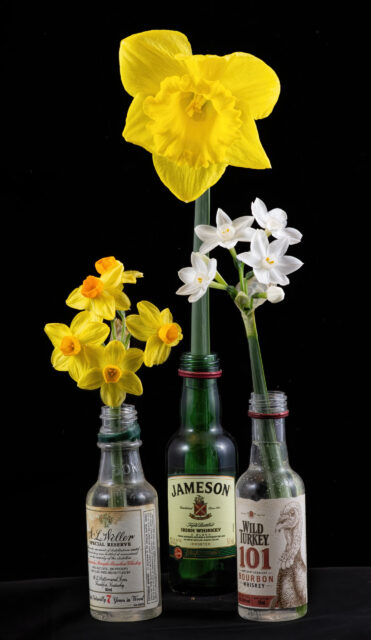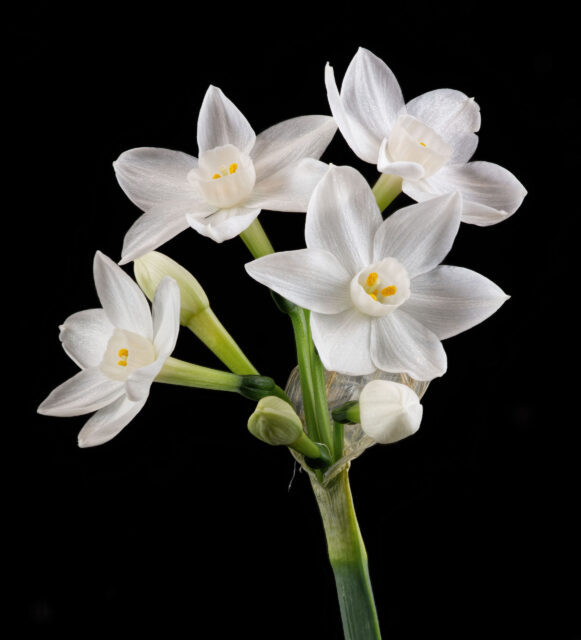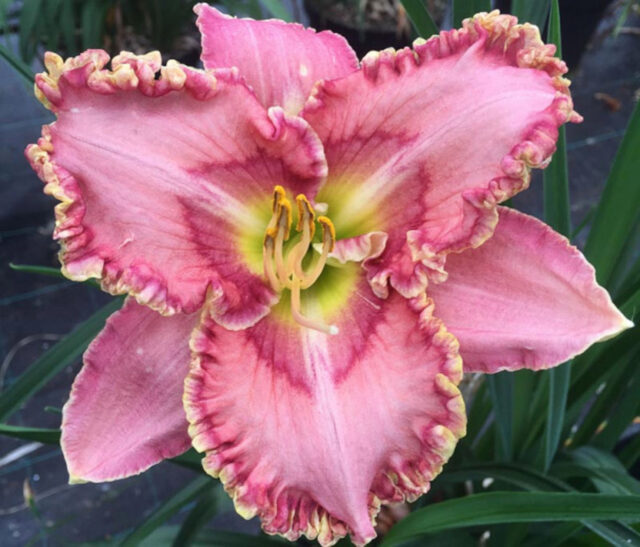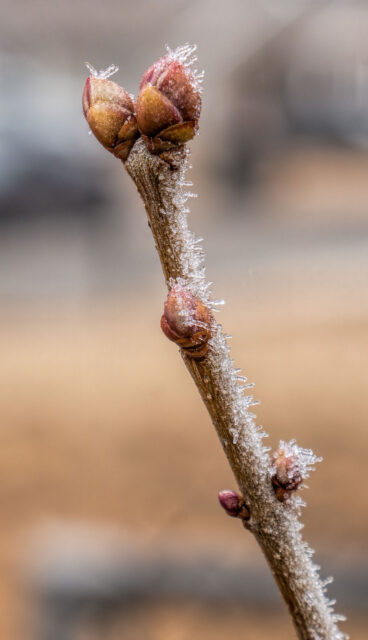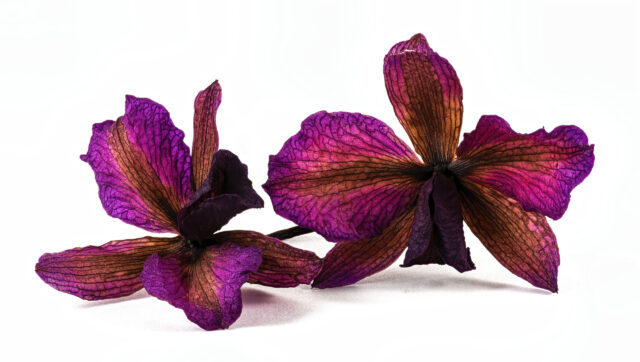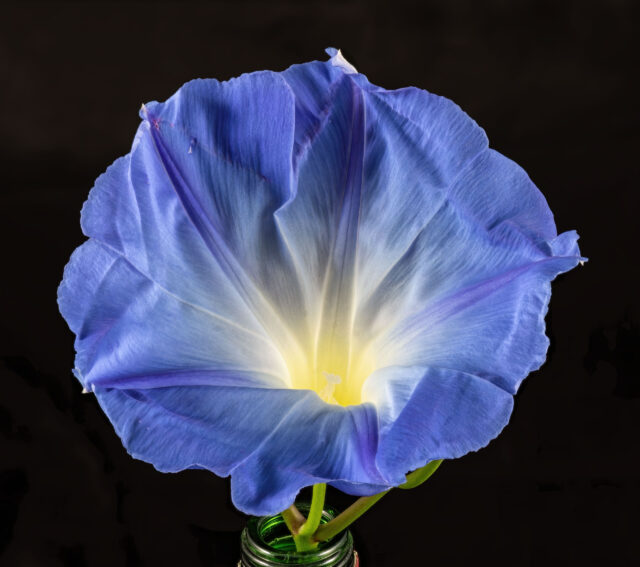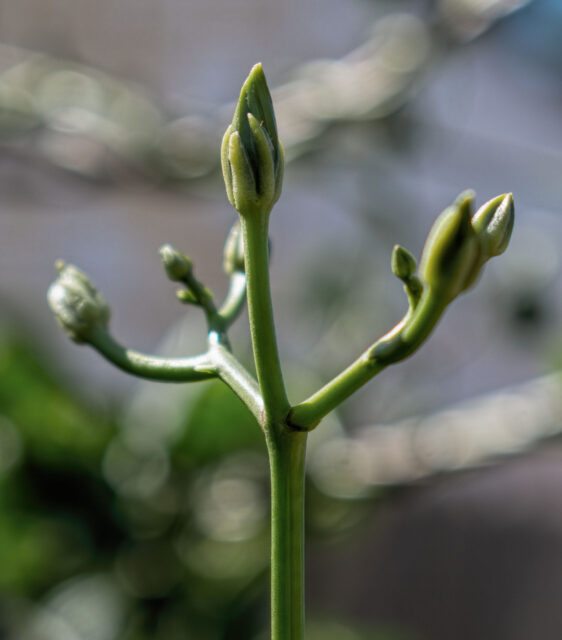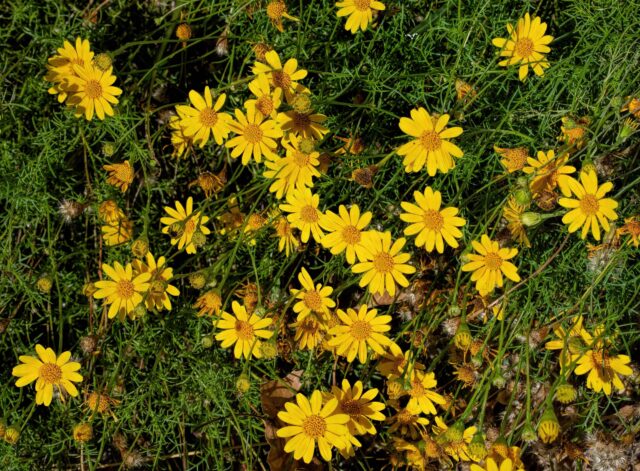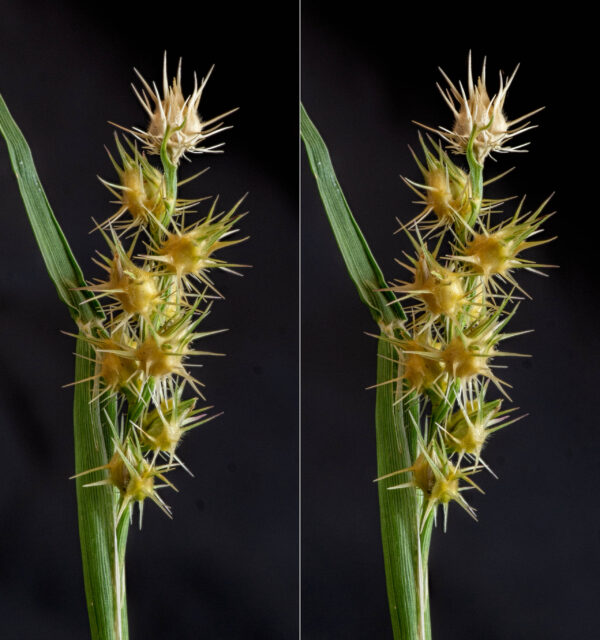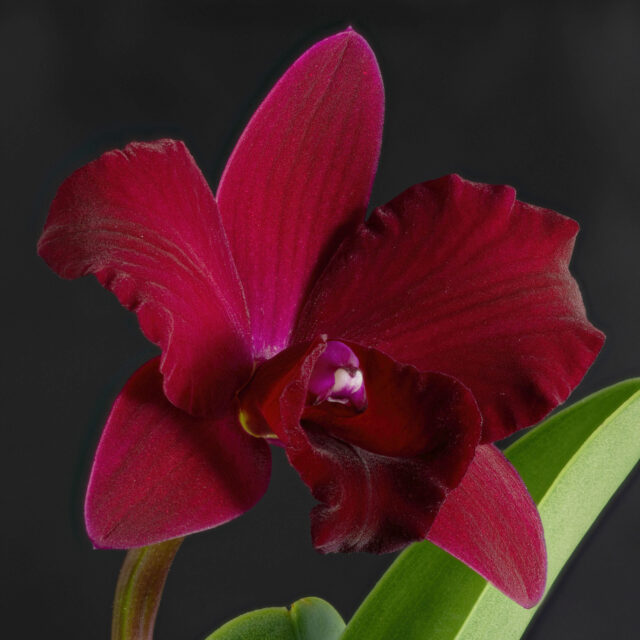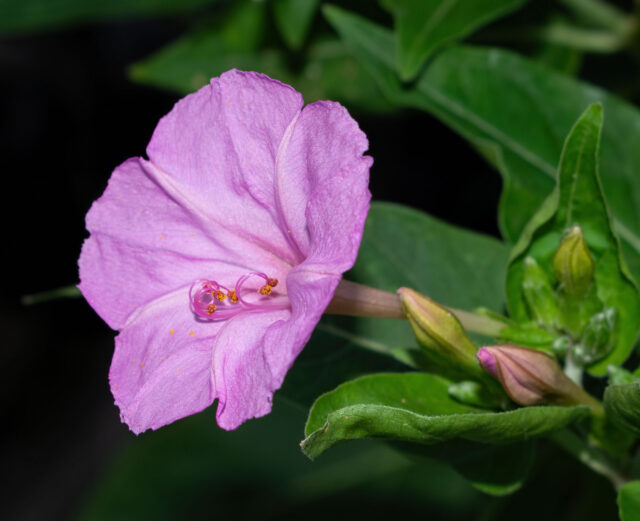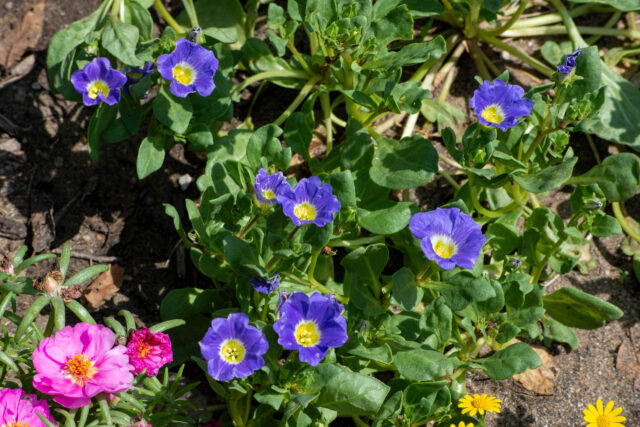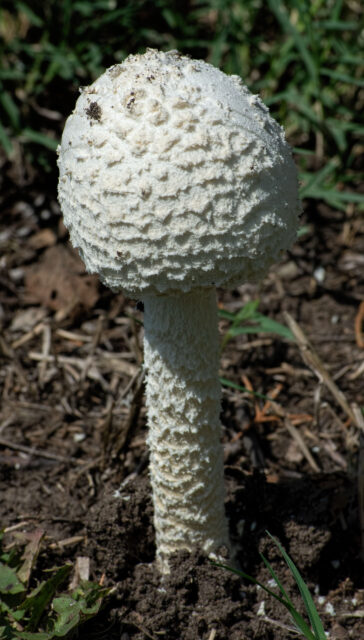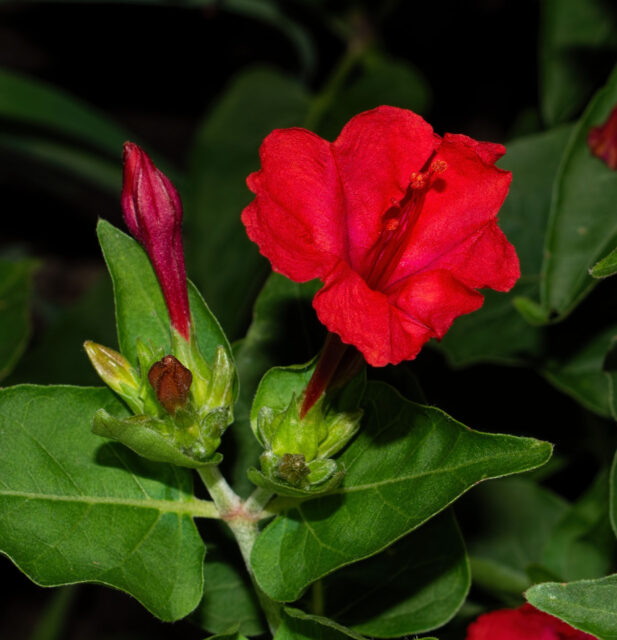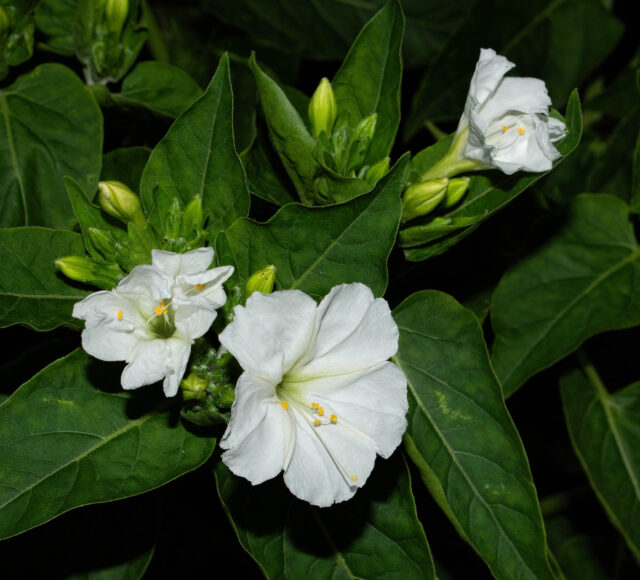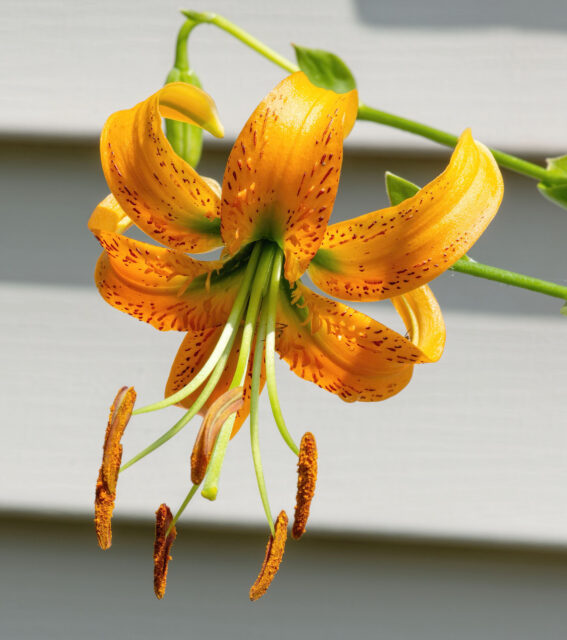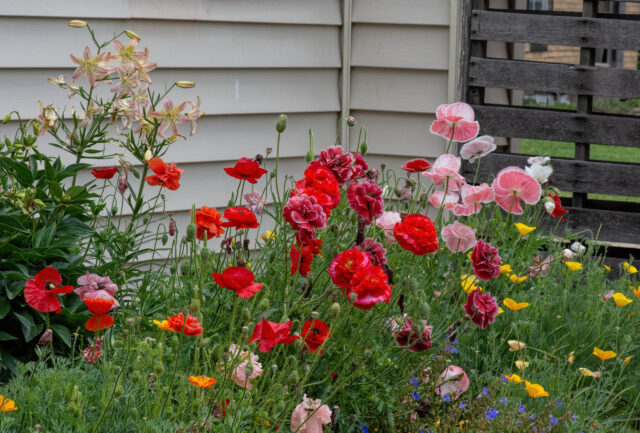It’s springtime in Kansas. Lows are likely to be in the ‘teens this weekend, so I picked a few daffodils before the cold blasted them again.
Category: Botany
March blues

We have a few days of spring here, though winter will return within a week. Outdoors, iris and daffodils are getting started. Indoors, the first batch of seeds are up.
*****
I recently came across a curious website, SC Garden Guru, featuring a vast number of articles on botanical topics by one “Bonnie.” This discussion of Lupinus perennis is a typical entry. Notice anything odd about it? What might you suspect about Bonnie?
Ducks and daylilies
Possibly of interest to gardeners with an interest in metafictional anime: There exists a “Princess Tutu” daylily.
2022: Gardening
2020 was a rotten year, when I lost what little remaining faith I had in government, journalism, medicine, the Church hierarchy, academia and scientists. 2021 was a transitional year, when I at last escaped the big city. In 2022 I could finally relax and devote my attention to matters beyond immediate emergencies and the end of civilization. Let’s take a look back at 2022, starting with the garden.
I focused on annuals this year, not entirely by choice. I did order some perennials from a couple of online sources, but that did not end well. I asked nursery #1 to ship my plants at the end of March. They didn’t. I sent them emails in April and May and received no replies. Finally, in June, when the weather here was too hot for planting, I heard from them. There had been some sort of catastrophe in their office, but it was finally all sorted out, and should they send my plants now? I told them to cancel the order, and I will shop elsewhere in the future.
I ordered several daylilies from nursery #2. The large, healthy roots arrived on time, and I expected great things from them. I was disappointed. Hemerocallis generally are foolproof. They’ll grow almost anywhere under almost any conditions and bloom profusely. Mine did not thrive, however. One died; the others hung on, but were weaker at the end of summer than when I planted them.
The problem, I think, was that the ground was poisoned. My predecessors here had used the bed where I planted the daylilies as a place to display kitschy little statues. When I moved in, the ground there was covered by lava rock over sheets of black plastic. Apparently they applied a strong, long-lasting herbicide to the ground before laying the plastic, and enough of it lingered deep in the soil to damage plants with large roots. Come spring, if the daylilies are still alive, I’ll transplant them elsewhere, and plant shallow-rooted annuals there for a few years.
On a whim, I picked up a handful of bagged perennials at Walmart. Cheap though they were, they were still overpriced. The plants, or fragments of roots, were small and weak. Nevertheless, enough survived to make the purchases worthwhile. In a few years I should have a nice collection of hostas.
Most of the reliable annuals — poppies, Phacelia, dahlberg daisy, cosmos, etc. — performed well. The exception was Gilia tricolor; normally every seed sprouts, but this year not one germinated. I presume it was a bad batch of seeds. The experiments were partially successful. Mentzelia lindleyi produced brilliant yellow flowers for a month, but the plants were scraggly and unattractive. Nolana paradoxa had fine blue flowers, but they weren’t as profuse as I had hoped. The morning glories took forever to set flower buds, and when they finally did, it was too late.
Some of the bulbs I planted in the fall of 2021 did well, and some didn’t. The lilies put on a good show, as did Allium christophii. About half the Walmart daffodils bloomed, and only two of the 35 species tulips. Fall and early winter last year were freakishly warm, and perhaps with normal cold weather at the proper time they would have done better. (But there is no such thing as normal Kansas weather.)
This year I will focus on perennials. I’ve already ordered too many seeds from Prairie Moon Nursery. Indoors, there may be more orchids when there is room under the lights again. 1
A little chilly
Doomed
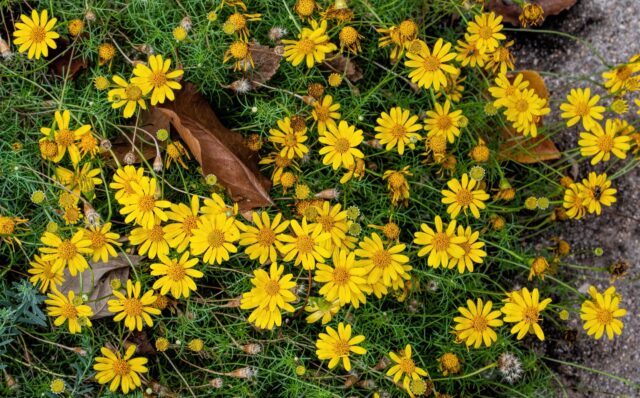
Here are a few snapshots from the yard taken this week. The low tonight will be 25°F, according to the weatherman. It’s possible that some of the plants will survive that, thanks to the microclimate near the house. However, the 20° forecast for Friday night will probably do them all in. These are likely the last garden pictures of the year (though indoors the very red orchid has a fresh set of buds).
Dead Catt blues
Each of the very red Cattleya flowers lasted a full four weeks. Even after they finally fell off the plant, they retained their form and pigments. They look particularly colorful when illuminated from the back.
The freakish freezes earlier this week wiped out most of the morning glories before they bloomed. Not all, though: those growing on the fence under a mulberry tree survived. Apparently the canopy of leaves conserved enough heat that the vines were able to weather the 24°F temperature. Those particular plants were lagging behind the others, though, and they still might not bloom before the next hard freeze.
The afternoon before the first freeze I cut the flowering stem that was furthest along and put it in water inside the house. Today the first and probably last flower opened; my efforts were not completely in vain. Much as I like the color blue, though, I probably will grow something else next year.
(The Burpee seed packet states “75 days to bloom.” Nope.)
Potential blues
I’ve always wanted to grow morning glories. When I was young, my parents wouldn’t let me — they’d heard that the seeds were full of LSD.2 In Wichita I never had a place for them. But now I finally have fences and old stumps suitable for vines, so I planted some “Heavenly Blue” seeds in the spring. The vines grew strongly. However, they never showed any inclination to bloom until this month. Now the plants are full of buds, and soon should be masses of blue — maybe. Unfortunately, the forecast for next week includes a freeze. Perhaps the temperatures won’t be as cold as predicted, or maybe the vines can take a few degrees of frost and survive to bloom. But if the freeze does kill them prematurely, I will not be happy.
A few last snapshots from the garden:
Dahlberg daisy (Thymophylla tenuiloba) is possibly the most under-appreciated of all garden annuals. It blooms profusely from late spring to frost, has attractive finely-divided foliage, stays low and makes a tidy ground cover, and tolerates hot and dry conditions very well. Despite its virtues, I’ve only once seen plants offered at a garden center. Fortunately, it’s easy from seed, which is available online.
Pain in three dimensions
Cenchrus longispinus, one of my least favorite grasses, is abundant in lawns and along paths. All the spines on the nutlets are quite sharp, and they are covered with microscopic barbs. They readily catch on socks and penetrate skin and are painfully hard to remove. The photo above of the vicious little plant is a crossview stereo picture, with the right-eye image on the left and vice-versa. If you cross your eyes, you can see the menacing thing in three dimensions. It’s easier to do than to explain how; this is as good a guide as any.
Red red red red red
One of the plants I ordered in the spring from Sunset Valley Orchids bloomed this week. It’s a very red “Mini-Catt,” i.e., a miniature Cattleya. The flower is two inches wide on a plant about seven inches tall. There’s no fragrance that I can detect, but with color like that I’m not going to complain. Click on the picture to see it with better color (WordPress makes colors duller when it reformats images); right-click and open the link in a new window to see it much larger than life size.
Exactly what the plant is, is complicated. It was listed as “SVO 9263 – Pot. NEW HYBRID (Slc. Virginia Dickey ‘ Diamond Orchids’ AM/AOS x Pot. Higher Multiplier ‘Diamond Orchids’ HCC/AOS).” “Pot.” is short for “Potinara,” a multigeneric hybrid involving Brassavola, Cattleya, Laelia and Sophronitis; “Slc.” is “Sophrolaeliocattleya,” with Sophronitis, Laelia and Cattleya. However, taxonomists are always up to mischief, abruptly moving species from one genus to another, lumping some genera together and splitting others into pieces. Sophronitis has recently been placed within the Cattleya genus, and the other genera have been tampered with as well. Calling my plant a Potinara is probably inaccurate now, but it’s convenient, and I don’t know what the proper name would be.
Summertime blues
I started some Linum perenne this spring. It’s a perennial, and I didn’t expect much from it this year. However, the seedlings grew strongly and have been blooming spasmodically all summer. The individual flowers are small, but during the main flush of bloom in early summer established plants are solid blue mounds. (I had a fine specimen years ago that in flower was a blue hemisphere with a radius of about fifteen inches. Then the family cat decided that it was a nice spot to nap.)
Think pink
In lieu of actual content here are snapshots of four o-clocks and dianthus from my yard.
Recent snapshots
Five hours late
Hank and Annie
Two more lilies are blooming in my garden, Lilium henryi, above, and “Anastasia.” L. henryi is a Chinese species that is supposed to be indestructible. Mine is four feet tall this year, but it can get over six feet when established. The stem is thin and willowy, so if you live in a windy place like Kansas, it needs to be staked. Anastasia is an “orienpet,” a hybrid of oriental and trumpet species. The flower is large, over seven inches across. The plant is supposed to get up to six feet tall, but mine is barely three feet, making photography a bit awkward. I expect it will grow taller in coming years.
Coming soon: Sherri.
More pictures
It’s prime time in the garden, so here’s another batch of snapshots.

